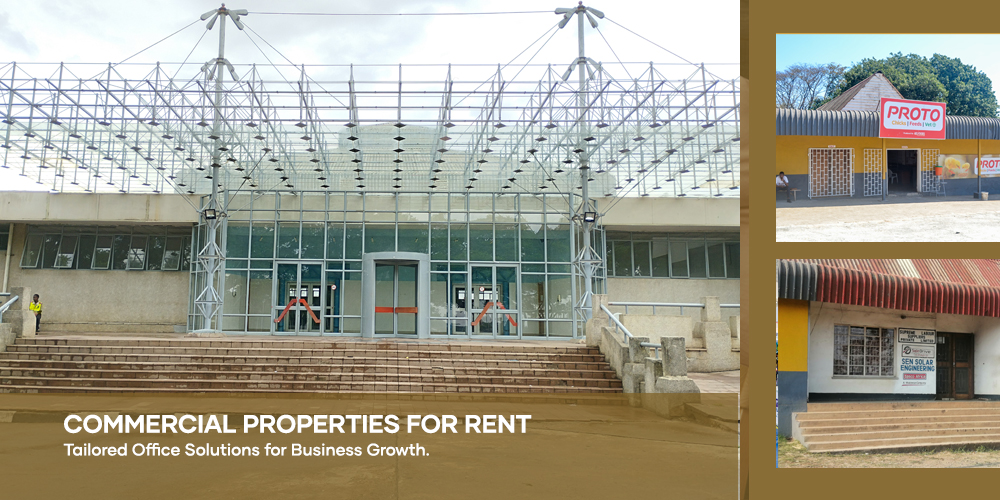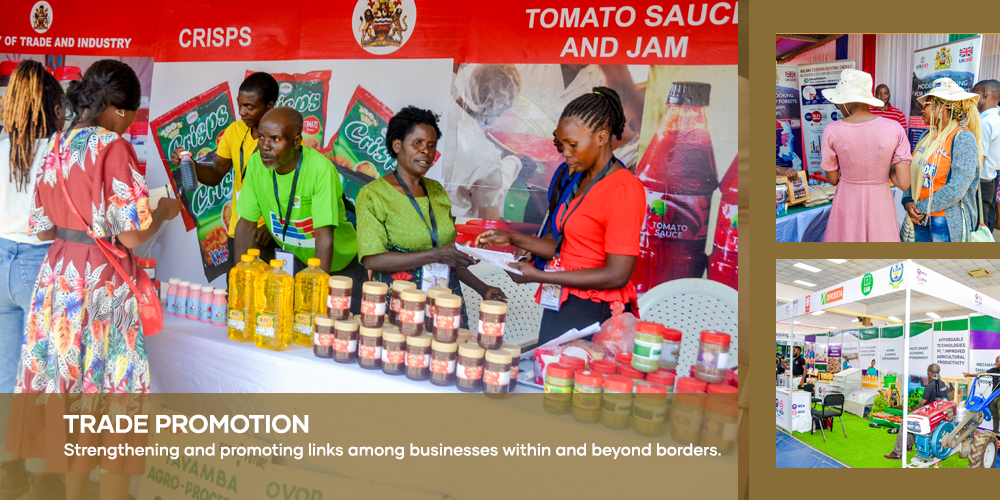
- +265 (0) 999 970 950 / 951
- mccci@mccci.com
Malawi Confederation of Chambers of Commerce and Industry (MCCCI) is an apex business association representing all sectors of the economy of Malawi. We are committed to the achievement of Malawi’s socio-economic development through joint action and enlightened dialogue among private sector members and constituencies. MCCCI has been in the forefront of Malawi’s private sector development efforts for over 100 years




The confederation acts as a powerful representative voice for the private sector, effectively advocating for the interests of its members. Additionally, it serves as a valuable channel for referral, directing requests for goods and services to its members, potentially opening doors to new business prospects.

MCCCI’s membership is segmented into five categories, namely Premium, Platinum, Diamond, Bronze and Star. Each category offers a bundle of benefits that meet the unique and distinct needs of businesses in the respective categories. These benefits fall into four broad areas: Business Leadership, Promotion, Education for Business Growth, and Business Support.
The confederation acts as a powerful representative voice for the private sector, effectively advocating for the interests of its members. Additionally, it serves as a valuable channel for referral, directing requests for goods and services to its members, potentially opening doors to new business prospects.
MCCCI’s membership is segmented into five categories, namely Premium, Platinum, Diamond, Bronze and Star. Each category offers a bundle of benefits that meet the unique and distinct needs of businesses in the respective categories. These benefits fall into four broad areas: Business Leadership, Promotion, Education for Business Growth, and Business Support.

Adding {{itemName}} to cart
Added {{itemName}} to cart